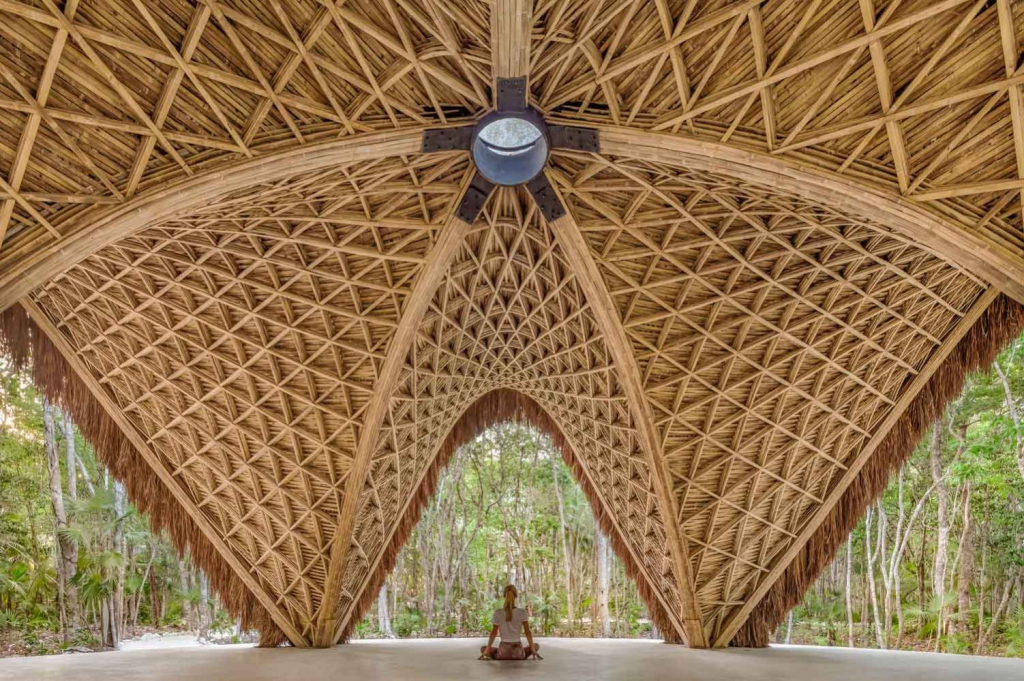Introduction:
As part of the third edition of the Design Culture Learning Series hosted by Arch College of Design & Business, there was recently an engaging session on the topic of Contemporary Vernacular Design. The session was led by Mr. Kapil Sharma, a Graphic Designer and Founder of StudioFunc. With a focus on personal perspectives, Mr. Sharma brings a unique background as a sixth-generation Rajasthani miniature artist and a trained graphic designer, which has greatly influenced his contemporary design practice. During the session, he shared insights on how traditional techniques combine with modern sensibilities to create visually compelling and culturally significant designs.
The Rise of Contemporary Vernacular Design:
Contemporary vernacular design has been gaining popularity in the modern world. It is a design practice that emphasizes the use of local materials and techniques to create architecture and design that reflect the cultural identity of a specific region. The beauty of this design approach lies in its ability to highlight the uniqueness of each region and its people. For designers looking to incorporate cultural heritage and history into their work, this is an exciting time.

Personal Perspectives in Design:
One of the significant advantages of contemporary vernacular design is its ability to incorporate personal perspectives. This means that designers can integrate their personal experiences and culture into their work, resulting in unique and individualized pieces. For instance, a designer from a rural area may utilize locally sourced materials and traditional techniques to create a contemporary design that reflects their upbringing. This personal approach to design adds character and depth to the final product.
An example of personal perspectives in design, a furniture designer who grew up near the coast. Inspired by their childhood memories of beachside living, they incorporate elements of seashells, driftwood, and ocean colors into their furniture designs. By using reclaimed wood and incorporating natural textures and hues, they create pieces that evoke a sense of coastal charm and nostalgia. This personal perspective allows the designer to infuse their own experiences and connection to the ocean into their work, resulting in unique and meaningful furniture designs.

Avoiding Stereotypes and Promoting Authenticity:
Designers who practice contemporary vernacular design must be cautious about avoiding stereotypes. It is crucial to understand that each region has its own unique culture, and it is inappropriate to generalize or lump them together. Instead, designers should invest time in learning about the local culture and history, enabling them to create designs that are authentic and respectful. By doing so, they can develop designs that not only reflect the local culture but also appeal to a wider audience.
An example of avoiding stereotypes and promoting authenticity in design is a fashion designer who is inspired by African cultures. Instead of relying on generic African-inspired prints or motifs that can perpetuate stereotypes, the designer takes the time to research and understand the specific traditions, textiles, and craftsmanship of different African regions. They collaborate with local artisans and incorporate authentic techniques and materials into their designs, showcasing the diversity and richness of African culture. The resulting collection not only pays homage to the region’s heritage but also presents a fresh and genuine perspective that challenges stereotypes and promotes a deeper understanding and appreciation for African design.

The Future of Contemporary Vernacular Design:
In conclusion, contemporary vernacular design is an exciting field that allows designers to incorporate personal perspectives into their work while creating designs that reflect the local culture. This design practice emphasizes the uniqueness of each region and its people, adding character and depth to the final product.

However, designers must be careful not to stereotype and should take the time to understand the local culture before incorporating it into their work. As more designers embrace this approach, we can expect to see more unique and authentic designs that celebrate our diverse cultural heritage.
